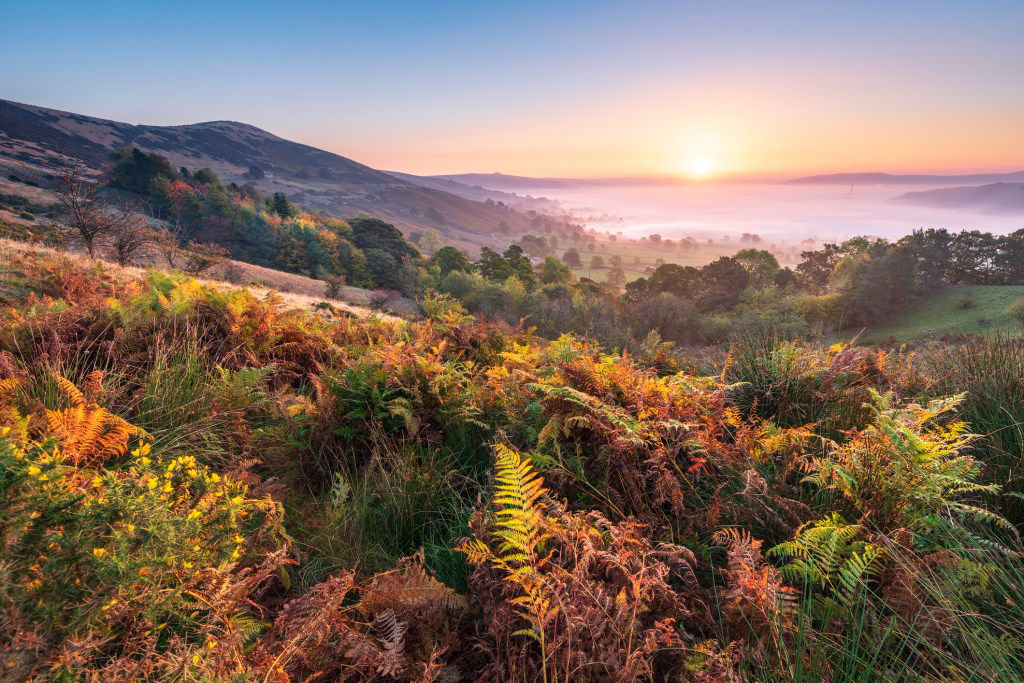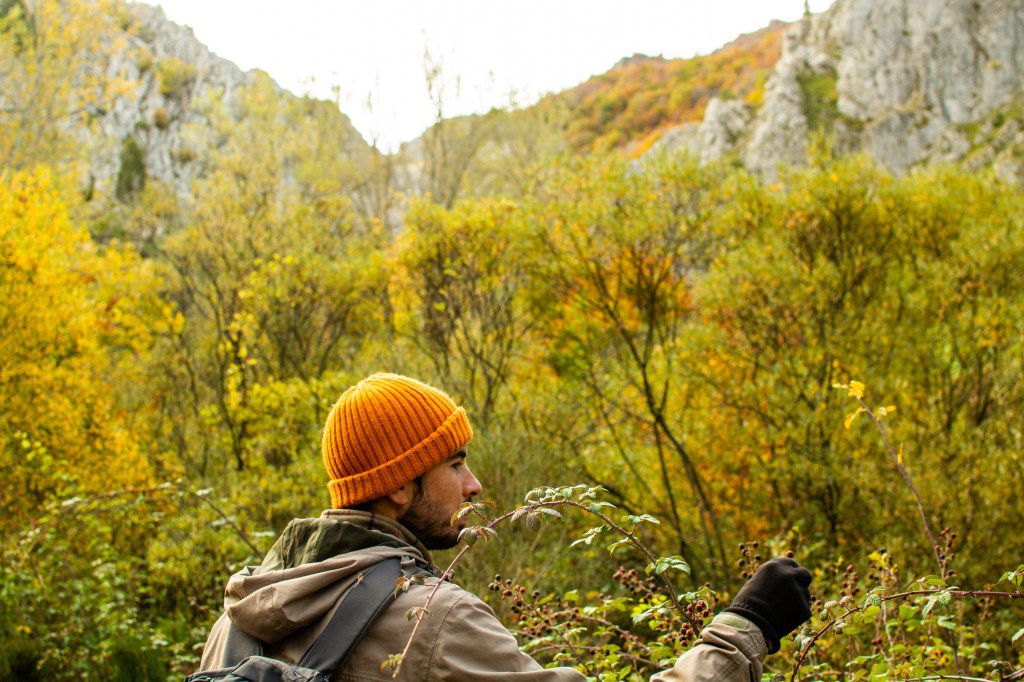

If you happen to become lost in the mountains, you will need to find shelter, rescue and water—and then food. Although you can survive for longer without food than water, you’ll eventually need it for energy and to avoid illness.
In Born Survivor, Bear writes about his two golden rules for finding food:
- “Don’t use more energy finding food than it will give you back.”
- “Always take your opportunities when you find them.”
The good news is that finding something you can eat in the mountains shouldn’t be too difficult, with all the plant and animal options that thrive in the varied ecosystem. The secret is finding out which are safe to eat for humans, so before you head out on an adventure, you should study up on the options of the area you’re exploring. Still, Bear has some general guidelines for wild plants you can eat—and ones to avoid.

Trees and plants
You can eat all ferns, says Bear, once you boil them. You can also eat the parts of a fir tree, and most of a pine tree. The plant cat’s tail, which grows near temperate rivers around the globe, has edible roots that can be eaten raw or cooked. If a tree plant is growing in water or moist soil, it’s likely to be the tastiest and most nutritious. In some cases, it’s best to dig for your dinner: Roots and bulbs can be eaten but must be cooked.
Bear’s general cautions include avoiding trees with a milky sap, plants with red or white coloring, plants covered with fine hairs or spines and Hemlock, which can kill you. Hemlock grows up to 10 feet tall and is often found on roadsides. The stem has red or purple spots. In summer, the plant has small white flowers, arranged in umbrella-shaped clusters. The bright green leaves are finely divided, and the leaves and roots have a parsnip-like odor.

Fruits and berries
Single fruits on a stem are usually okay to eat—but if you’re not sure, don’t risk it. Blueberries are usually edible, as are raspberries and blackberries. Avoid white and yellow berries and treat red berries (other than raspberries) with caution.

Nuts and seeds
Look at what animals like deer or wild pigs are eating; they often dig for nuts and seeds. Seeds on cone-bearing trees are edible, and pine needles have lots of vitamin C.
Mushrooms
Leave these alone unless you are an expert—eating the wrong mushroom could be fatal.
More from Bear Grylls:
- How to Build Shelter in a Forest
- How to Survive Sub-Zero Temperatures
- What to do If You’re Bitten by a Snake
- How to Navigate Without a Compass
- How to Deal with Injuries in Survival Situations
- How to Find Water in the Mountains
- Making Shelter in the Snow
- Priorities of Survival
- How Bear Grylls Lights a Fire
- How to Build a Jungle Raft









